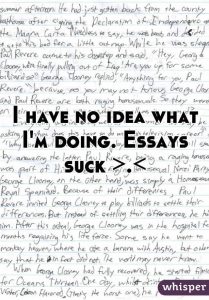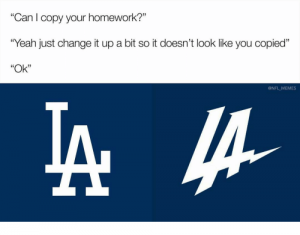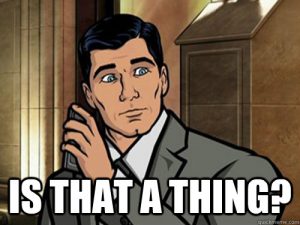I do not relish writing most school assignments, ESPECIALLY not essays.

Relative to other types of essays, research papers aren’t too bad. If you don’t know anything about the topic (fairly common occurrence) then it’s not ideal. This is because if you’re supposed to cite sources, then the person in charge of assessing your work will easily know if you’re low-key putting down someone else’s idea, changing the wording a little, and claiming it’s your own since the source of said idea is conveniently located directly under your work.

However, if you don’t have to cite anything then it is that much harder for your grader to investigate.

With all that being said, if I know anything about a topic that I am to research for a report, I refresh myself by looking over materials that I have learned about the topic from previously. If this is my first rodeo with this topic, I simply google the topic and start reading up. After reading a good amount about the topic, I start to organize my essay, thinking about what my talking points and organization will be. I then do a little more research with specific focus on my talking points.
The techniques outlined in the article “BEAM: A Rhetorical Vocabulary” (background, exhibits, arguments, and methods) brought some very interesting viewpoints forward. I guess I never really thought about how I categorize my sources. In fact, I never really even knew that source categorization was a thing.

Upon thinking about it, I did it subconsciously and that is probably the extent that I will use this new concept in my writing looking forward. However, I believe that it will prove to be extremely useful when workshopping/discussing my writing with other people. So, to that extent, BEAM rules!
